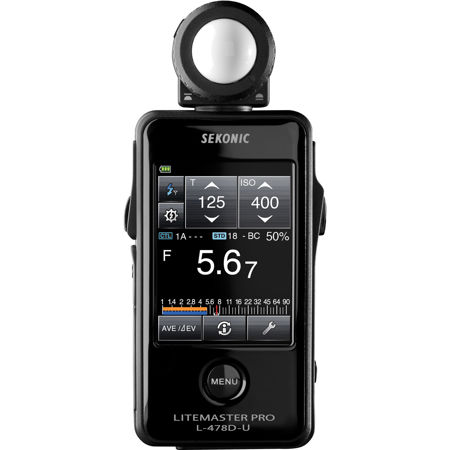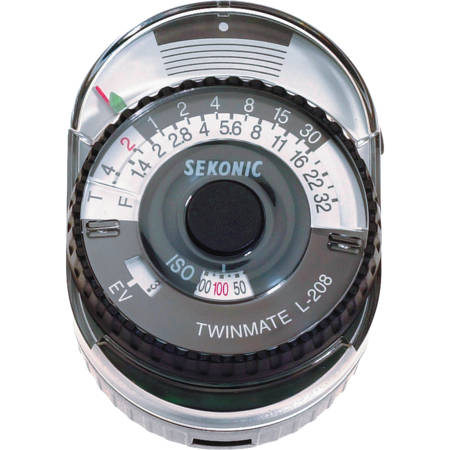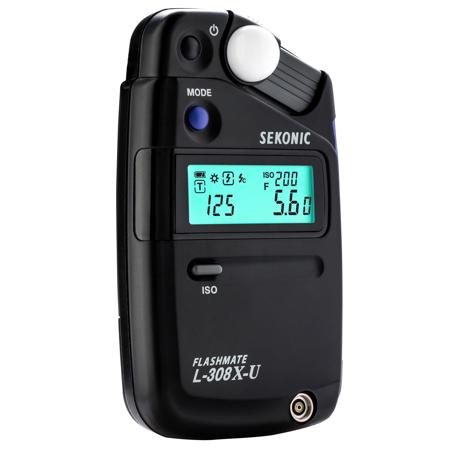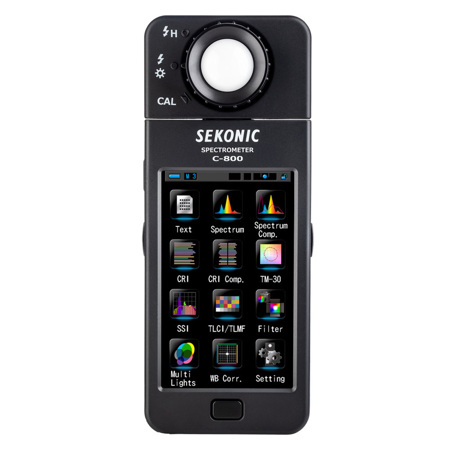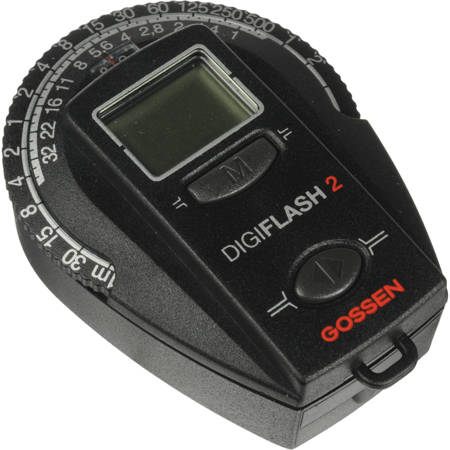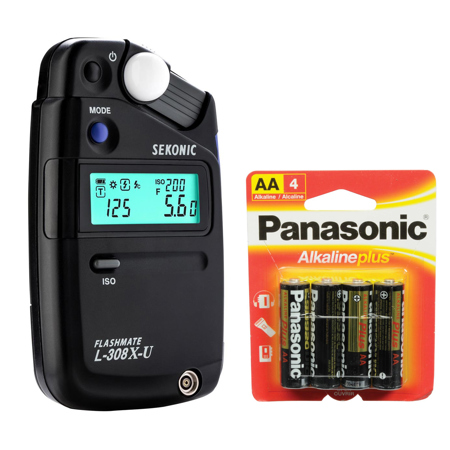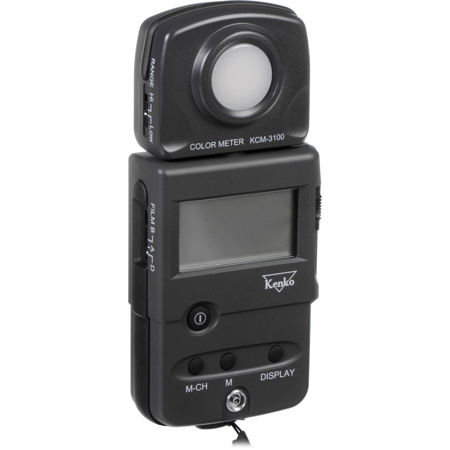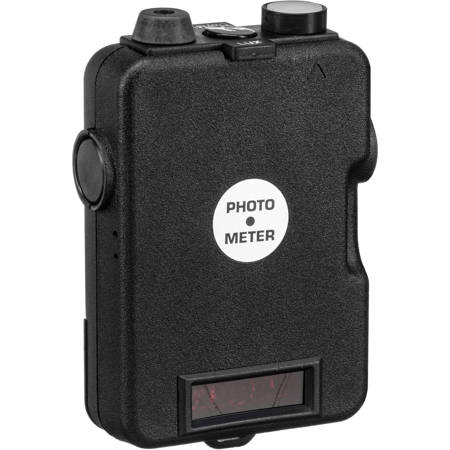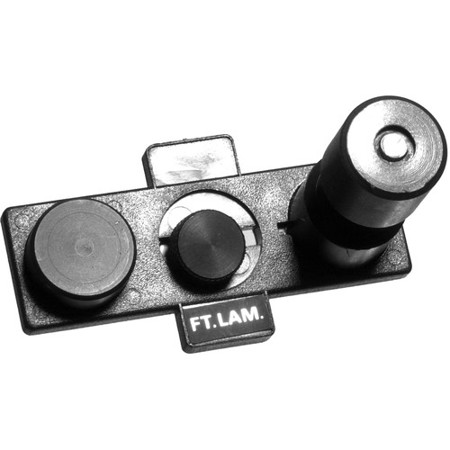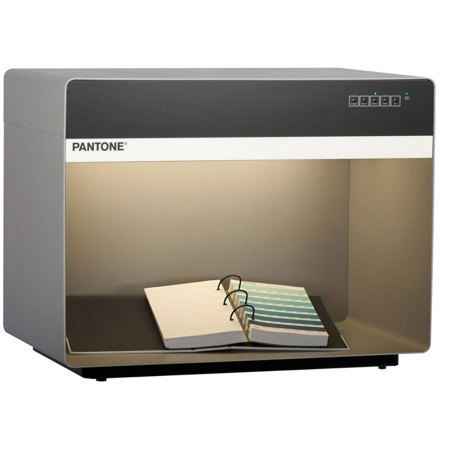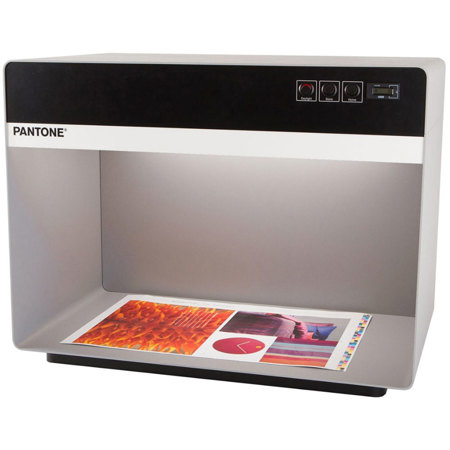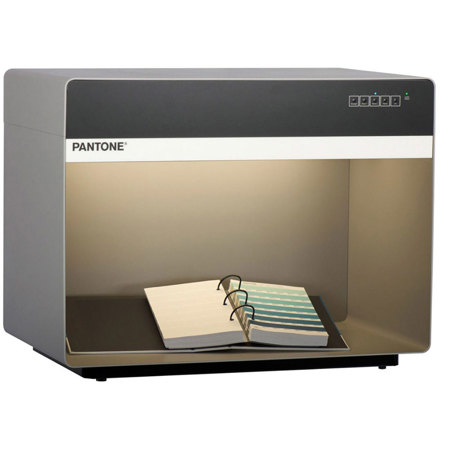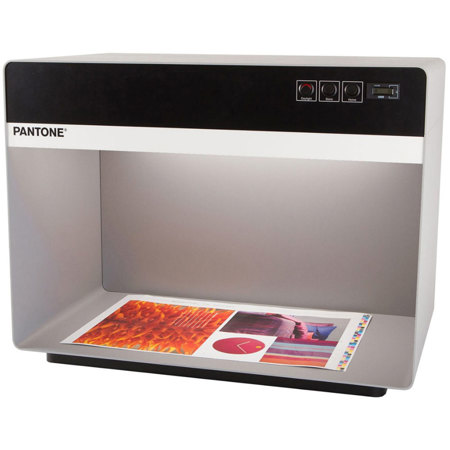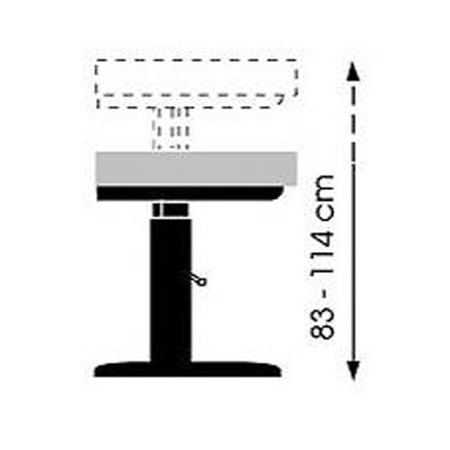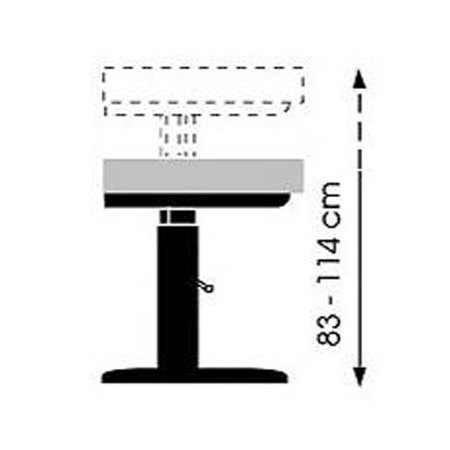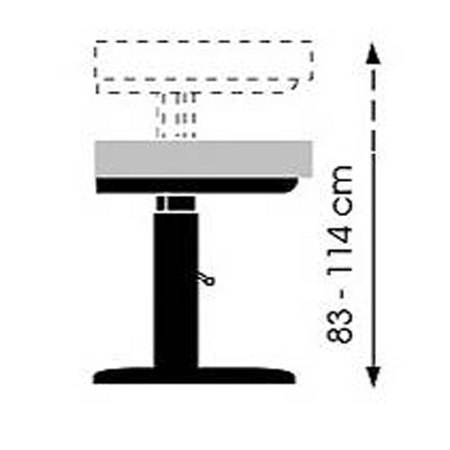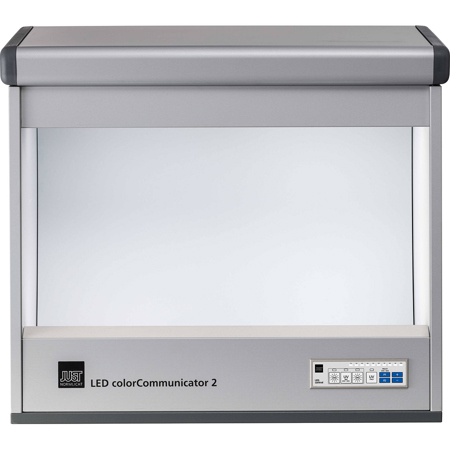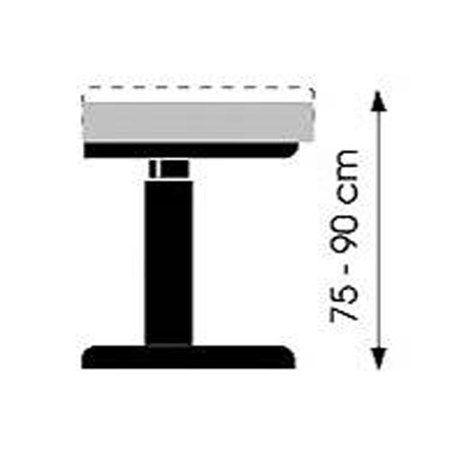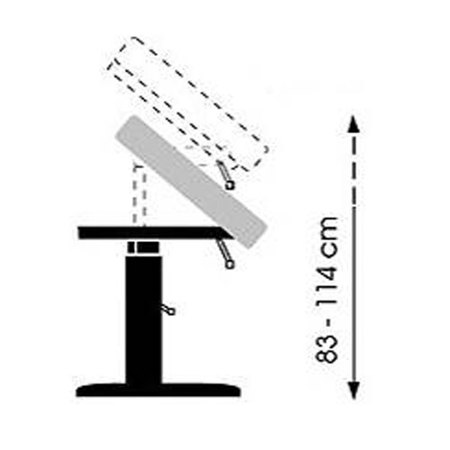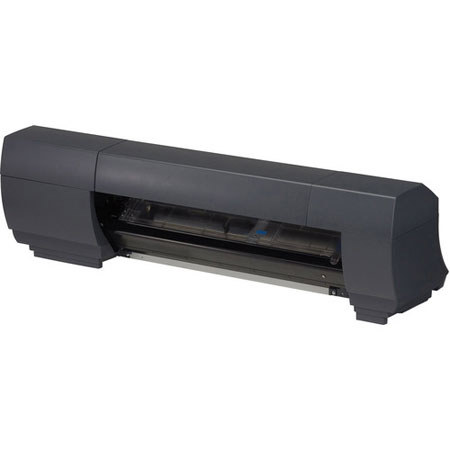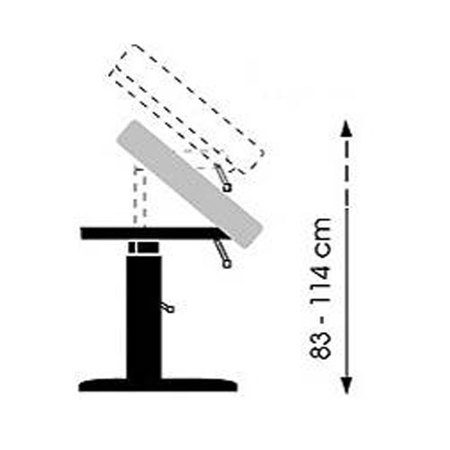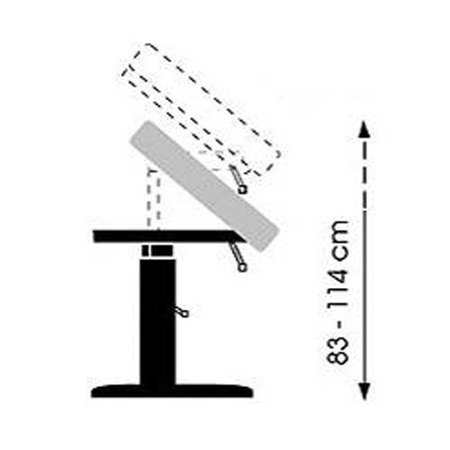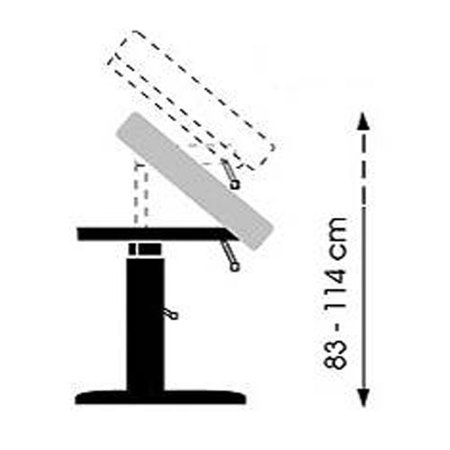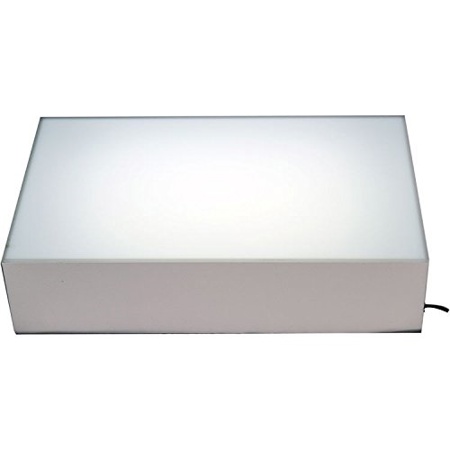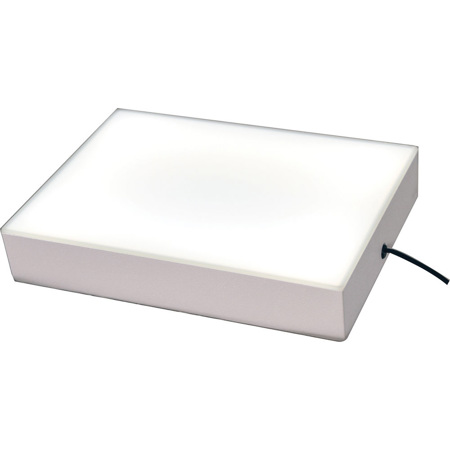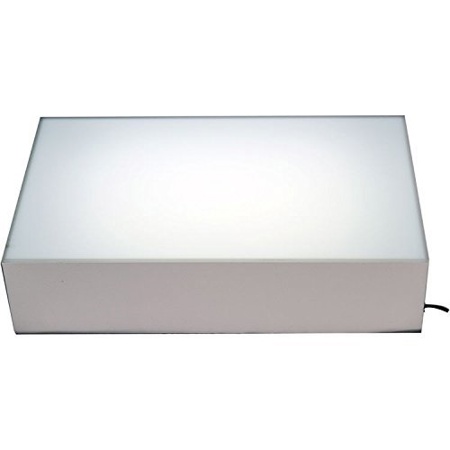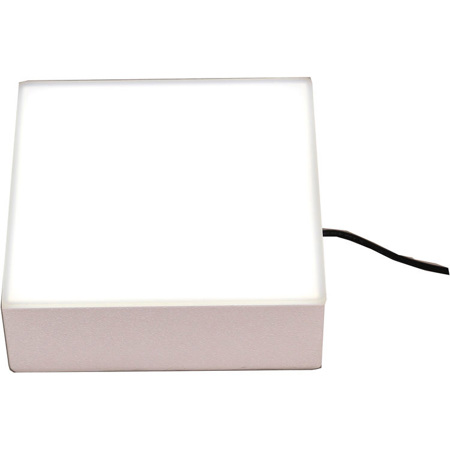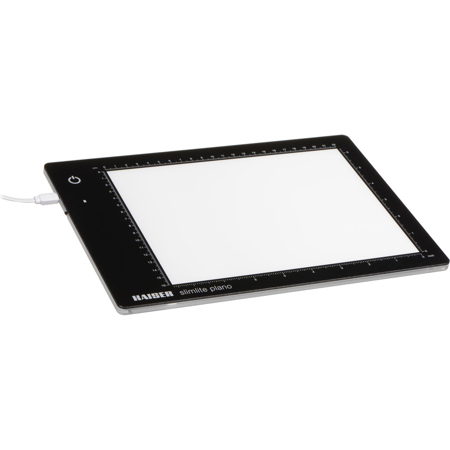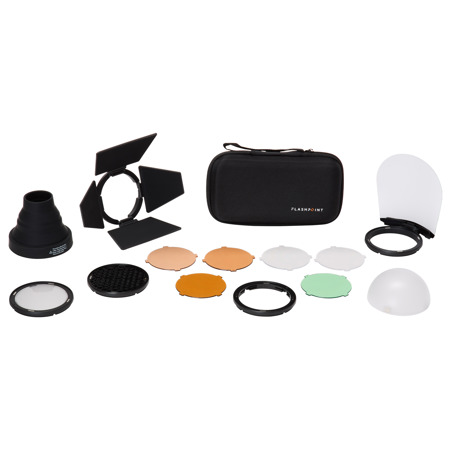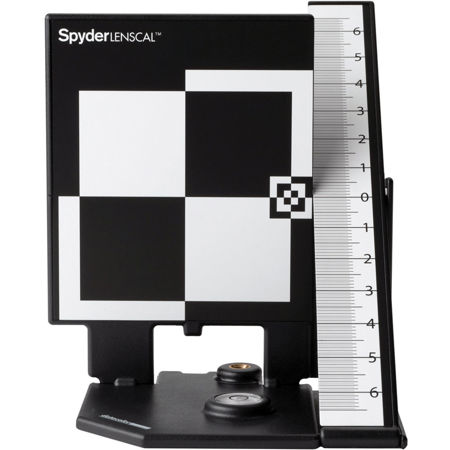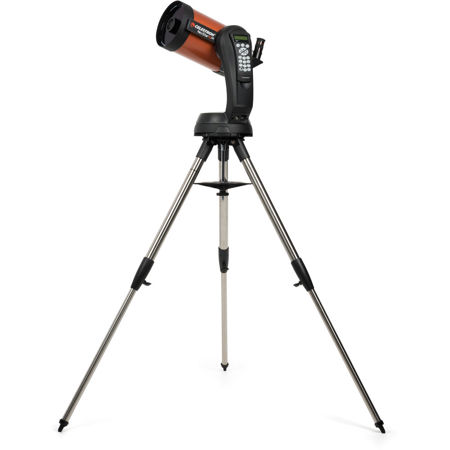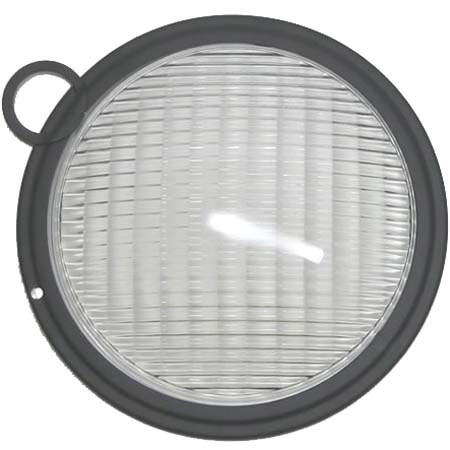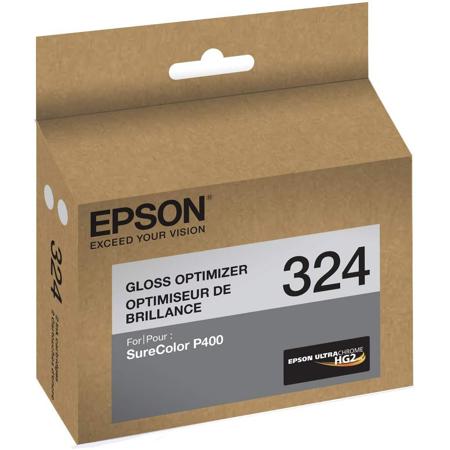Light Measurement Tools
Light measurement tools are indispensable for capturing the subtle interplay of light and shadow, whether you’re behind the lens, designing a workspace, or nurturing a greenhouse. For photographers, a light meter is more than just a gadget—it’s a trusted companion that translates the ever-changing language of ambient light into precise exposure settings, ensuring that every frame is rendered with clarity and intent. In the hands of a cinematographer, a light meter becomes the bridge between vision and reality, guiding the placement of every lamp and flag for perfect mood and contrast. Even outside the creative arts, these tools are vital: architects and lighting designers rely on light measurement equipment to confirm that offices, galleries, and public spaces meet rigorous illumination standards for comfort, safety, and energy efficiency. Plant enthusiasts and horticulturists use light meters to monitor the lux levels in grow rooms or greenhouses, tailoring environments so that every leaf receives optimal nourishment. As September brings shifting daylight hours and the golden hues of autumn, the ability to measure and adapt to changing natural light becomes essential for both professionals and hobbyists alike.
When considering a light meter, it’s important to think about the specific tasks at hand. Photographers may gravitate toward handheld meters, such as a classic sekonic light meter, prized for their accuracy and reliability during location shoots or controlled studio sessions. These meters often offer both incident and reflected light readings, giving users flexibility depending on whether they want to measure the light falling on a subject or bouncing off a scene. For those in architectural or industrial settings, light measurement tools with data logging and broad measurement ranges are invaluable, providing comprehensive records for compliance and analysis. Features like digital displays, selectable measurement units (lux or foot-candles), and spectral sensitivity can make a significant difference in usability and precision. In the realm of scientific research or museum conservation, advanced meters capable of analyzing spectral distribution help safeguard delicate artifacts from harmful exposure and ensure color accuracy in critical environments. Light meters also make thoughtful gifts for emerging photographers, filmmakers, or anyone with a passion for precision—offering them a tactile connection to the craft and a deeper understanding of how light shapes every visual experience.
No matter your field or level of expertise, the right light measurement equipment empowers you to harness the full potential of your environment. From capturing the crisp, low-angle sunlight of early autumn mornings to calibrating the artificial glow in a modern workspace, these tools provide actionable data that informs every creative and technical decision. For those working with artificial lighting, integrating a light meter with other resources, such as those found on our LED Light Tools page, can further enhance your control over color temperature, intensity, and distribution. As technology evolves, today’s light meters offer a blend of analog tradition and digital innovation—giving you the confidence to explore, experiment, and create with every shift of the season. Whether you’re fine-tuning the ambiance of a home studio, ensuring the safety of a workplace, or helping a loved one take their first steps into photography, light measurement tools are a timeless investment in clarity and craftsmanship.
When considering a light meter, it’s important to think about the specific tasks at hand. Photographers may gravitate toward handheld meters, such as a classic sekonic light meter, prized for their accuracy and reliability during location shoots or controlled studio sessions. These meters often offer both incident and reflected light readings, giving users flexibility depending on whether they want to measure the light falling on a subject or bouncing off a scene. For those in architectural or industrial settings, light measurement tools with data logging and broad measurement ranges are invaluable, providing comprehensive records for compliance and analysis. Features like digital displays, selectable measurement units (lux or foot-candles), and spectral sensitivity can make a significant difference in usability and precision. In the realm of scientific research or museum conservation, advanced meters capable of analyzing spectral distribution help safeguard delicate artifacts from harmful exposure and ensure color accuracy in critical environments. Light meters also make thoughtful gifts for emerging photographers, filmmakers, or anyone with a passion for precision—offering them a tactile connection to the craft and a deeper understanding of how light shapes every visual experience.
No matter your field or level of expertise, the right light measurement equipment empowers you to harness the full potential of your environment. From capturing the crisp, low-angle sunlight of early autumn mornings to calibrating the artificial glow in a modern workspace, these tools provide actionable data that informs every creative and technical decision. For those working with artificial lighting, integrating a light meter with other resources, such as those found on our LED Light Tools page, can further enhance your control over color temperature, intensity, and distribution. As technology evolves, today’s light meters offer a blend of analog tradition and digital innovation—giving you the confidence to explore, experiment, and create with every shift of the season. Whether you’re fine-tuning the ambiance of a home studio, ensuring the safety of a workplace, or helping a loved one take their first steps into photography, light measurement tools are a timeless investment in clarity and craftsmanship.
